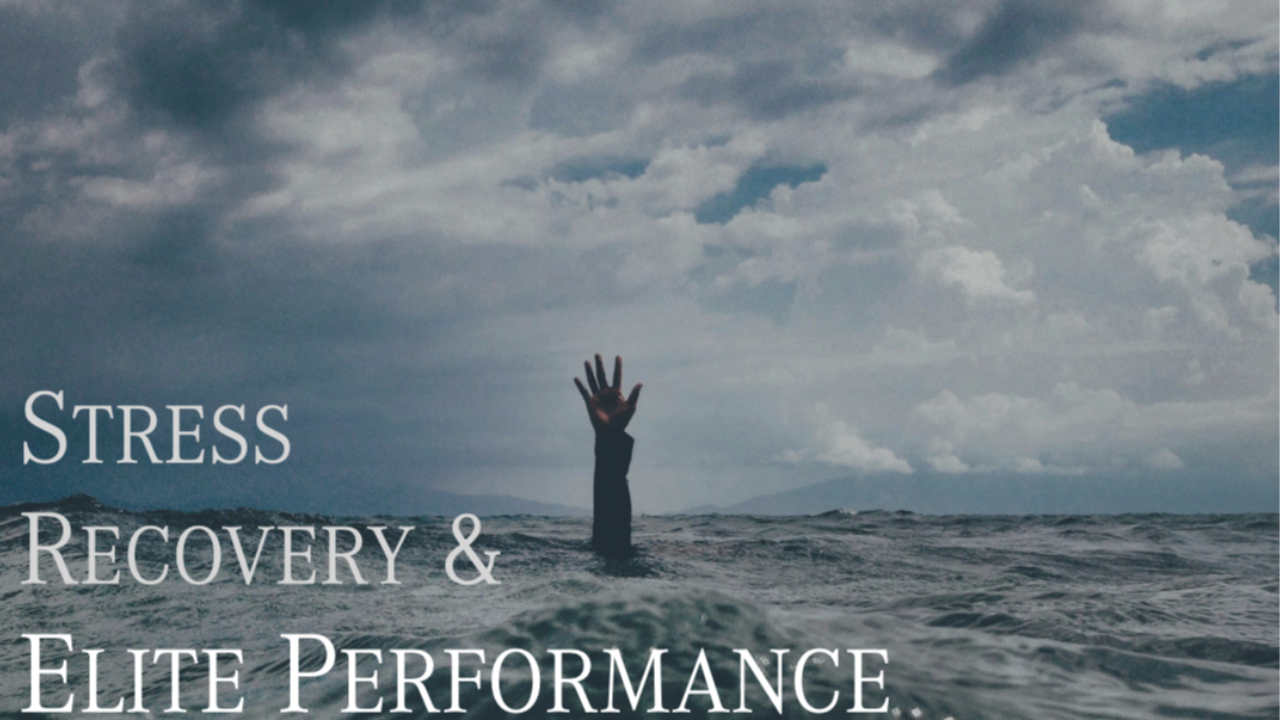When it's the CEO - When Leaders Protect Their Own Jobs
Aug 22, 2025
[Part 6/6] - Yes - The shocking truth: It's not just workers who are job-protectors
January 2020.
WeWork board meeting.
Manhattan.
Adam Neumann clicked to his next slide: "Adjusted Community-Based EBITDA." The metric excluded most actual operating costs—rent, marketing, technology, general expenses—to transform massive losses into the appearance of profits.
Every board member in the room knew the numbers were fiction.
Neumann knew they knew.
SoftBank's representatives knew everyone knew.
But every single person participated in the performance.
Because admitting the financial reality meant admitting they had enabled a $47 billion overvaluation. Admitting the metrics were meaningless meant admitting they had failed in their fiduciary duty. Admitting Neumann was protecting his position rather than building a business meant admitting they had been complicit.
When leaders protect their jobs instead of doing their jobs, entire organizations become elaborate performance art.
The Shocking Reality
We've spent five articles examining how the job protection versus job performance dynamic splits organizations at every level. But here's the truth that makes boards uncomfortable:
CEOs aren't immune to this psychology.
The same mental framework that makes middle managers filter bad news to protect their careers makes CEOs filter reality to protect their positions. The same pressure that causes employees to avoid risks that might expose them causes leaders to avoid decisions that might threaten their authority.
And when the person at the top defaults to job protection instead of job performance, the entire organization becomes optimized for comfort rather than results.
The Neumann Protection System
WeWork wasn't destroyed by market conditions or competitive pressure. It was systematically hollowed out by a CEO who built elaborate systems to protect his position rather than advance the company.
Board presentations focused on narrative maintenance over operational reality. Instead of showing unit economics, cash burn rates, or path to profitability, Neumann created metrics that made losses look like growth investments and spending look like market expansion.
Executive team selected for loyalty over competence. Senior leadership roles went to people who would support Neumann's vision rather than challenge his assumptions. Anyone who questioned the fundamentals found themselves marginalized or eliminated.
Financial metrics redesigned to obscure rather than illuminate performance. "Community-based EBITDA" excluded the costs that made the business model unsustainable. Revenue recognition counted multi-year contracts as immediate income. Growth metrics ignored per-customer profitability.
Decision-making processes avoided accountability for results. Strategic choices were made based on maintaining the growth narrative rather than building sustainable unit economics. When performance didn't match projections, the response was to change the metrics rather than change the strategy.
The Parallel Pattern: Theranos
Elizabeth Holmes created an even more sophisticated job protection system. When the core technology didn't work, instead of admitting failure and pivoting, she built elaborate structures to hide the reality.
Laboratory processes designed to conceal rather than reveal. When Theranos couldn't run tests on their Edison machines, they used traditional equipment but told investors and patients the results came from breakthrough technology.
Secrecy systems that punished truth-telling. Employees who questioned whether the technology actually worked were fired, sued, or intimidated into silence. The company culture systematically eliminated people who focused on job performance over job protection.
Board composition optimized for credibility rather than oversight. Former Secretaries of State and Defense provided impressive credentials but lacked the technical expertise to evaluate whether the core promises were achievable.
By the time protecting the job became more important than doing the job, $945 million in investor capital had evaporated and thousands of patients had received potentially inaccurate medical results.
The Executive Blind Spot
The most dangerous aspect of CEO job protection is that leaders often don't realize it's happening to them.
It starts subtly. Market presentations emphasize positive trends while downplaying concerning metrics. Board updates focus on future opportunities rather than current challenges. Strategic planning optimizes for maintaining growth narratives rather than addressing operational realities.
Gradually, the entire organizational apparatus becomes oriented around maintaining the story rather than improving the substance. Teams learn that bringing problems to leadership creates career risk, while supporting the prevailing narrative creates advancement opportunities.
The CEO becomes increasingly isolated from ground-truth information, surrounded by people who've learned that job protection means protecting the leader's comfortable assumptions about organizational performance.
The Research Evidence
Stanford Graduate School of Business (2021) studied CEO communication patterns and found that leaders who spent more time on "reputation management" versus operational excellence had companies that underperformed market benchmarks by 67% over three-year periods. The study tracked 247 public company CEOs and found that those prioritizing external messaging over internal reality had systematically worse business outcomes.
Harvard Business Review analysis of executive compensation structures discovered that organizations where CEO pay was tied primarily to stock price rather than operational metrics were 4.3x more likely to experience significant corporate scandals. The research covered 15 years of S&P 500 data and showed clear correlation between misaligned incentives and systematic reality distortion.
Wharton School study examined board dynamics across 180 major corporations and found that boards prioritizing CEO "vision communication" over operational accountability had portfolio companies with 89% higher rates of strategic failure over five-year periods. Companies where boards spent more time on leadership messaging than performance oversight consistently underdelivered on fundamental metrics.
MIT Sloan research analyzed time allocation among Fortune 500 CEOs and discovered that companies where leadership spent more than 30% of their time on external communications versus internal operations had 156% higher employee turnover and 78% lower innovation rates. The pattern held across industries and company sizes.
The data consistently shows that when leaders optimize for protecting their position rather than advancing organizational capability, measurable performance deteriorates across every dimension that matters.
The Championship Alternative
Elite organizations create systematic conditions that make CEO job protection impossible and company advancement essential.
Boards that prioritize operational reality over narrative comfort. Directors with relevant expertise who can evaluate whether strategic claims match operational evidence. Regular deep-dives into unit economics, competitive positioning, and execution challenges that can't be obscured by creative metrics.
Executive compensation tied to long-term operational excellence rather than short-term market perception. Incentive structures that reward sustainable competitive advantage rather than quarterly narrative management. Pay systems that create significant downside for leaders whose companies underperform operationally regardless of stock price movements.
Information systems that surface ground truth regardless of leadership comfort. Direct feedback mechanisms from customers, employees, and operational teams that bypass traditional hierarchical filtering. Regular external audits of strategic assumptions and operational execution that leadership cannot control or influence.
Succession planning that prioritizes mission-first orientation over relationship preservation. Development systems that identify and advance leaders who default to organizational advancement rather than political sophistication. Clear consequences for leaders who create cultures where job protection becomes more important than job performance.
The Ultimate Question
The most shocking insight from studying WeWork, Theranos, and similar failures isn't that the employees fell into job protection psychology.
It's that the leaders did.
The same dynamic that splits every organization—half the people come to do their job, half come to keep it—applies to the executive suite. The same psychology that makes middle managers filter uncomfortable truths makes CEOs filter uncomfortable realities.
The only difference is the scale of consequences.
When employees protect their jobs instead of doing them, projects fail and initiatives stall. When leaders protect their jobs instead of doing them, entire organizations fail and thousands of careers are destroyed.
Are you building systems that require courage from everyone in your organization—including yourself? Or are you building systems that reward comfort for everyone who matters—especially you?
The answer determines whether you create championship performance or the world's most elaborate, well-funded performance theater.
Because the most dangerous moment in any leader's career is when protecting what you've achieved becomes more important than advancing what you're building.
That's the moment when great leaders become the very problem they were hired to solve.
Research Sources:
- Stanford Graduate School of Business (2021): "CEO Communication Patterns and Company Performance" - Three-year study of 247 public company CEOs
- Harvard Business Review (2020): "Executive Compensation and Corporate Scandals" - 15-year analysis of S&P 500 data
- Wharton School (2019): "Board Dynamics and Strategic Failure" - Five-year study of 180 major corporations
- MIT Sloan Management Review (2021): "CEO Time Allocation and Organizational Outcomes" - Fortune 500 leadership analysis across industries
Case Study Sources:
- WeWork S-1 Filing and Board Meeting Transcripts (2019-2020)
- SEC Investigation Documents: Theranos (2015-2018)





